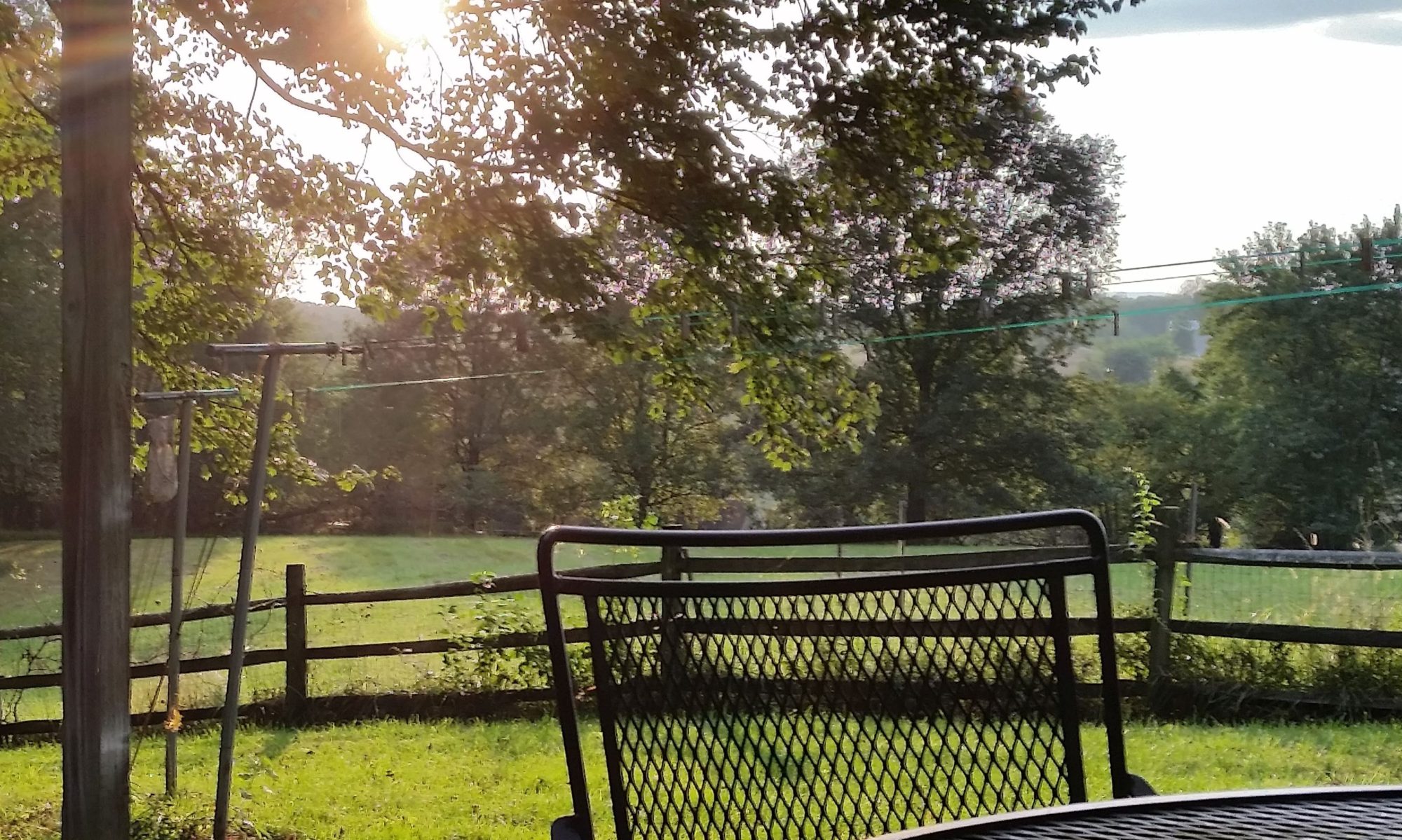Some of the links below are affiliate links, meaning, at no additional cost to you, I will earn a commission if you click through and make a purchase.
In my last post, I mentioned a list of goals for upcoming brewing; I’m happy to report that I’ve accomplished one–I have my water profile!
The Profile
pH 6.4
Na 4ppm
Ca 14ppm
Mg 10ppm
SO4 <1ppm
CO3 <1ppm
HCO3 26ppm
Cl 36ppmTotal Hardness as CaCO3: 77
Total Alkalinity as CaCO3: 21
There are a couple of other bits listed–iron, phosphorus, and the like, but they generally don’t impact brewing (unless they’re way out of whack, which mine aren’t).
So what does all of that mean? Well, according to everything I’ve read (here, and here), and various calculators (Beersmith, and Bru’n Water), my water is ideal for “very malty” beverages, with an SRM ranging from 6-10. That’s on the order of medium amber, down towards nearly brown. (A handy color chart can be found here.)
Again, so what? Well, the tendency my water has is to bring malts forward, and–if not suppress the hops, at least to do nothing for them. This is due mostly to my sulfate (SO4) levels being “below detection limit.” (For comparison, even Pilsen has 5ppm of sulfate. Most towns in the “Old World” are much higher–London runs about 75ppm or higher.)
So, for future batches, I’ll be doctoring the water a little bit–adding some gypsum to the mash, most often. A half teaspoon or so will bring up the sulfate, and add a little calcium as well. (Those relatively rare times I do extract brews, I may cut it down to a quarter teaspoon in the boil.)
Other Goals
Progress of sorts is being made on several of the other goals I listed, as well. First and foremost, I’ll be doing two batches on the next Brew Day: an English Pale Ale, and a Best Bitter. They’ll be extract batches, because this Brew Day I’ll be teaching some new folks, and don’t want to scare them away with all-grain just yet.
Both batches should tip the scales at about 4% abv; by the typical American definition of “session” (being under 5%), I’m right in. Once I see how these go, and after “progressing” them in future batches up to all grain, I’ll see about trying to dial them back to about 3.5%, which is my personal definition of “session”.
As to fermenter upgrades, I’ve decided where I want to go for the time being: BrewBuckets (also available here). I’ll eventually work up to full conicals, but probably not until I’ve got the “full brewery” completed (and which will be its own set of posts). The deciding factor was discovering another “toy”: the BrewJacket.
The BrewJacket (no links just yet–a Google search will bring it up) is a nifty device that allows you to maintain a set temperature in your fermenter, using the Peltier effect. (“Magic.”) They’re pricey, yes, but I’m a technophile at heart. (And I’m certain I can rig a system to run them off of a solar array…)
Using one of these would greatly expand my lagering capability: I would only need the chest freezer for the final cold crash, generally, even in summer. And in the depths of summer, when the cellar is getting warmer than even ale yeasts like it, I can still keep them comfortably cool. And either way, I’ve been looking for a more reliable fermentation temperature control system. It’s either these, or get a fridge for the cellar–and there’s not really room down there for another appliance.
There you have it: my water, and plotting the completion of a few other goals. What do you think of the water profile? Or my plans for the upcoming brews? Have any of you used the BrewBucket, or the BrewJacket? I’d love to hear about them in the comments.
